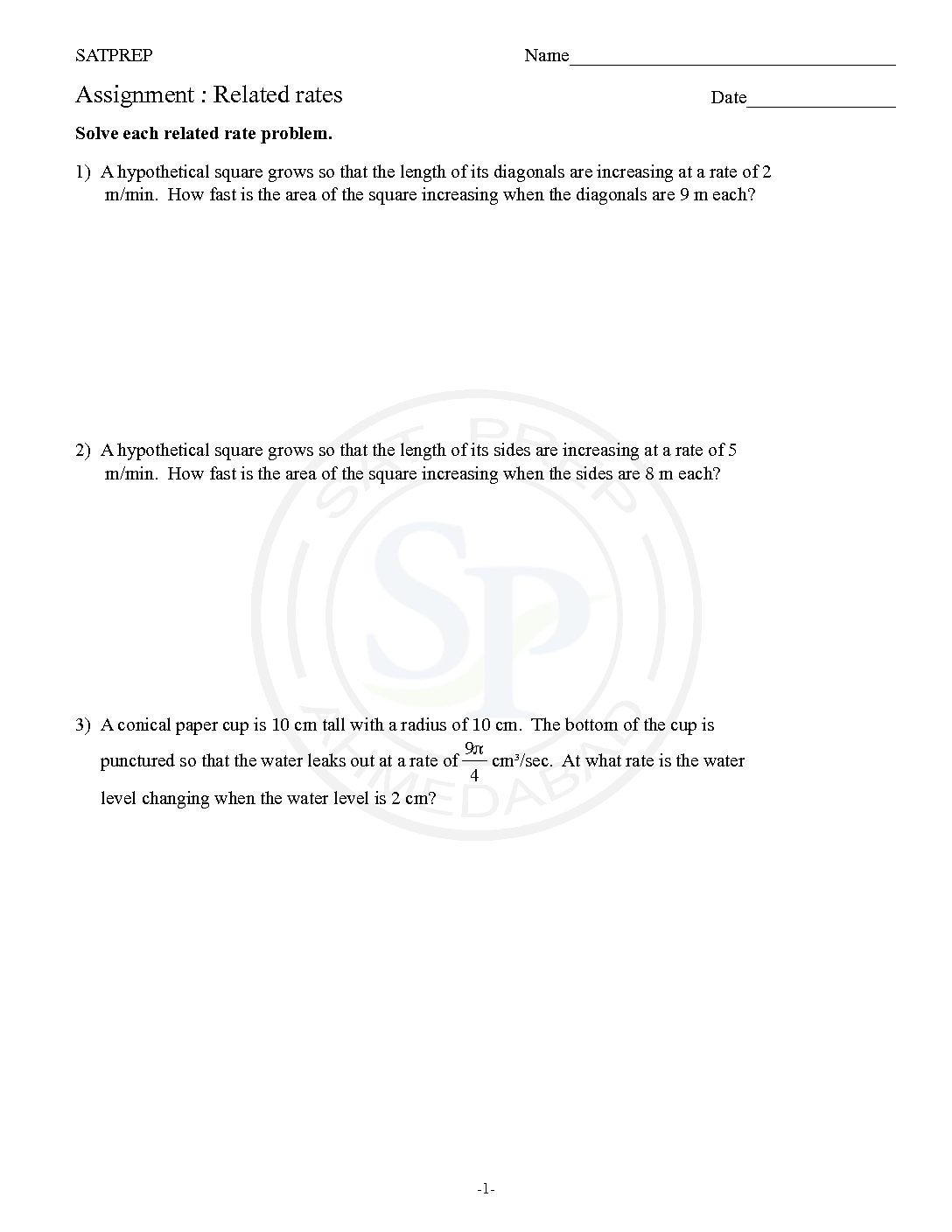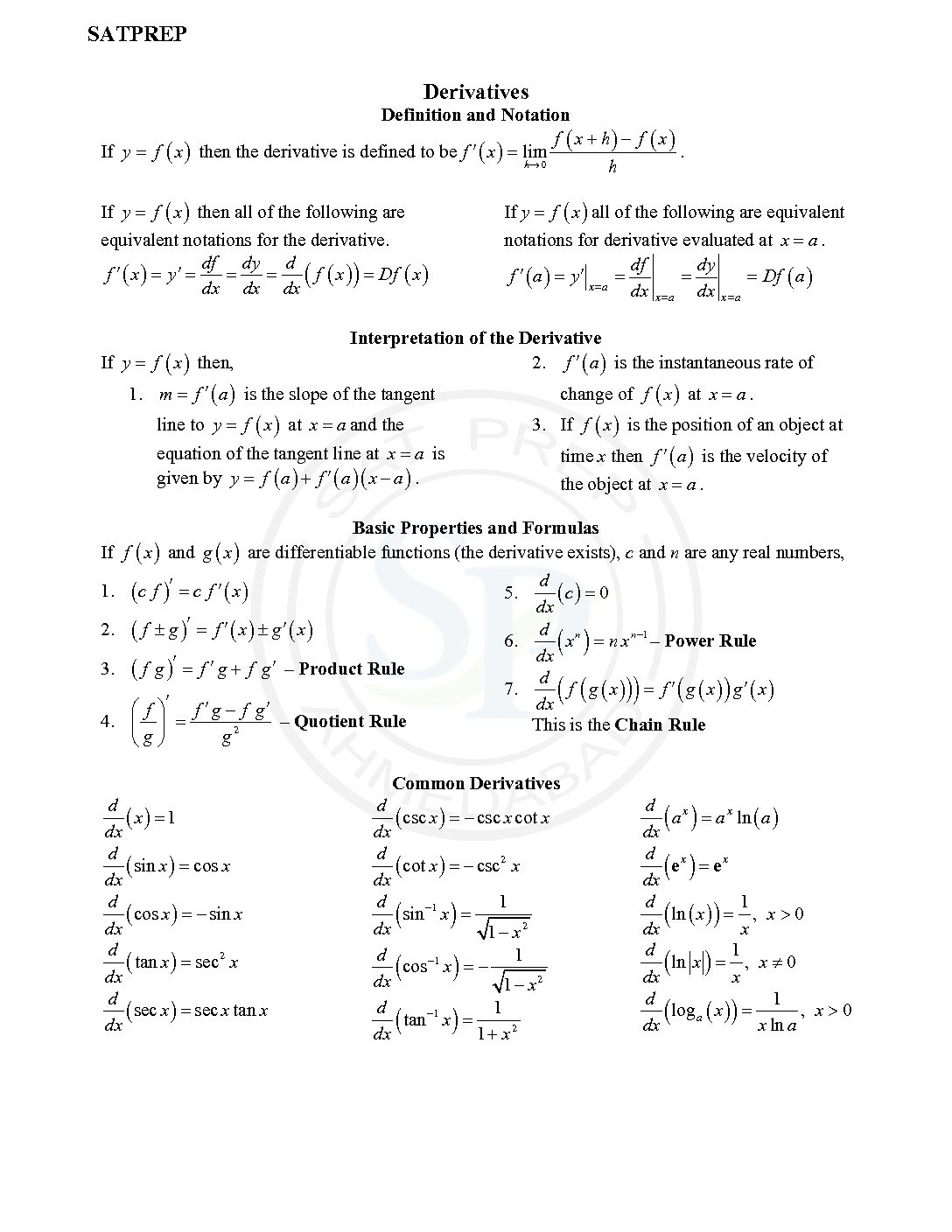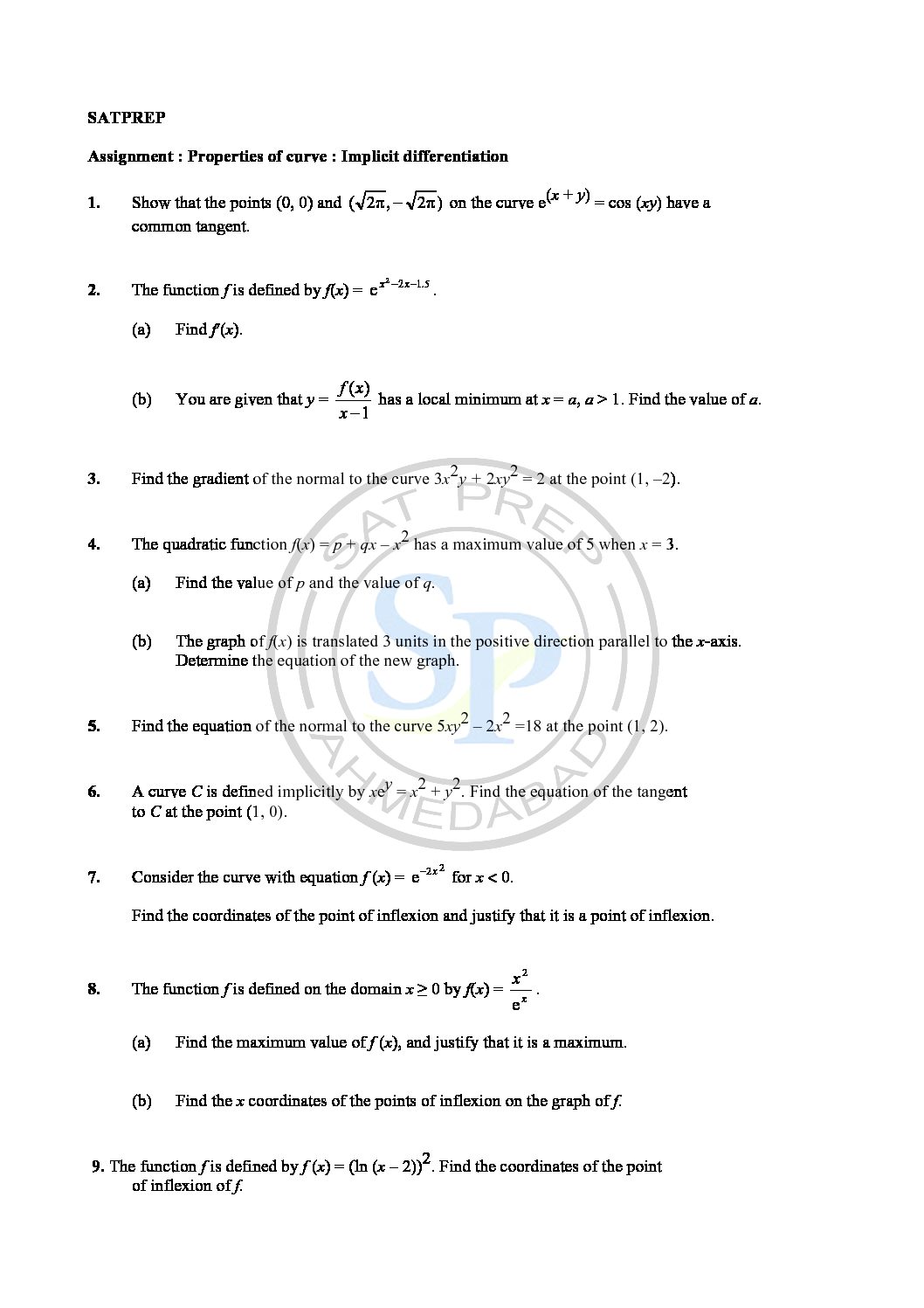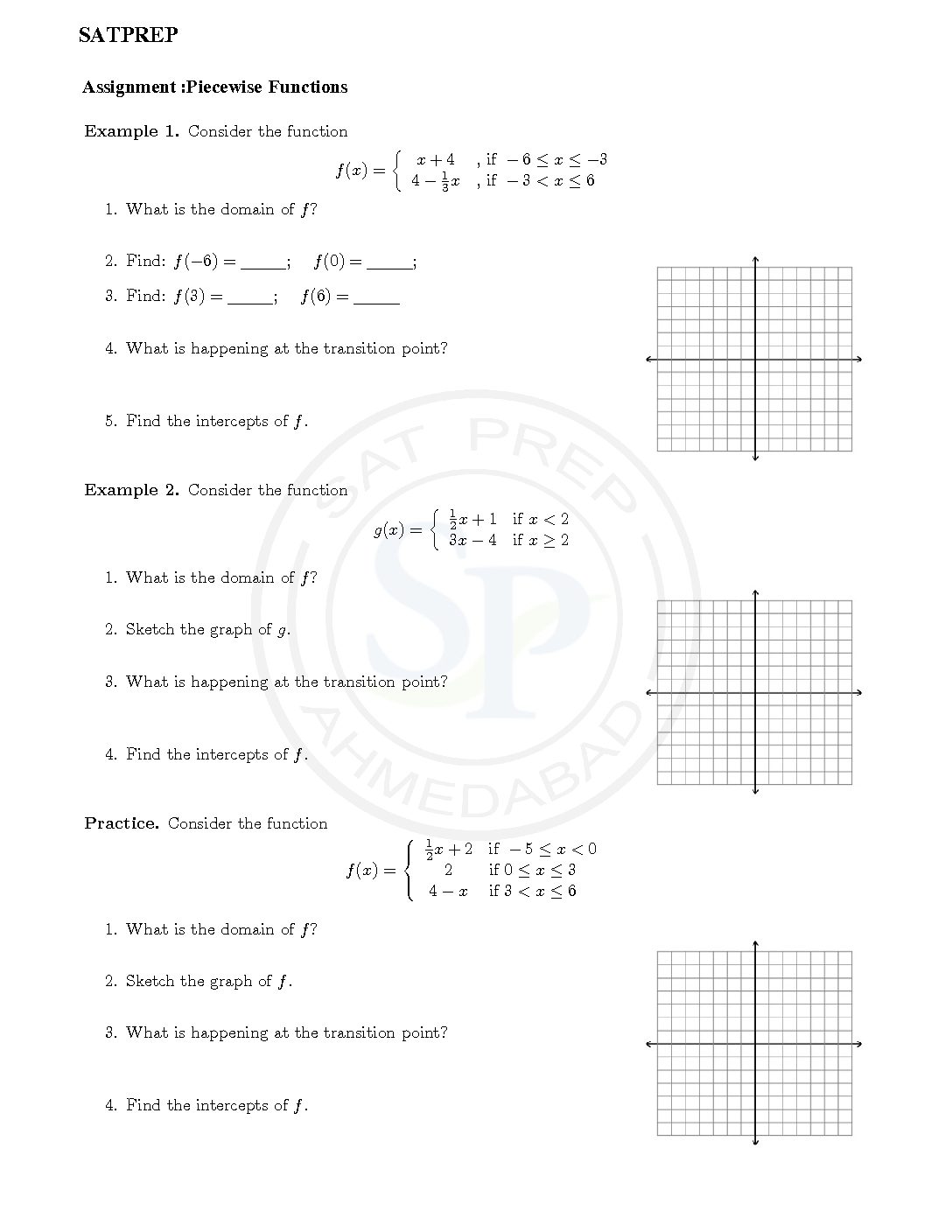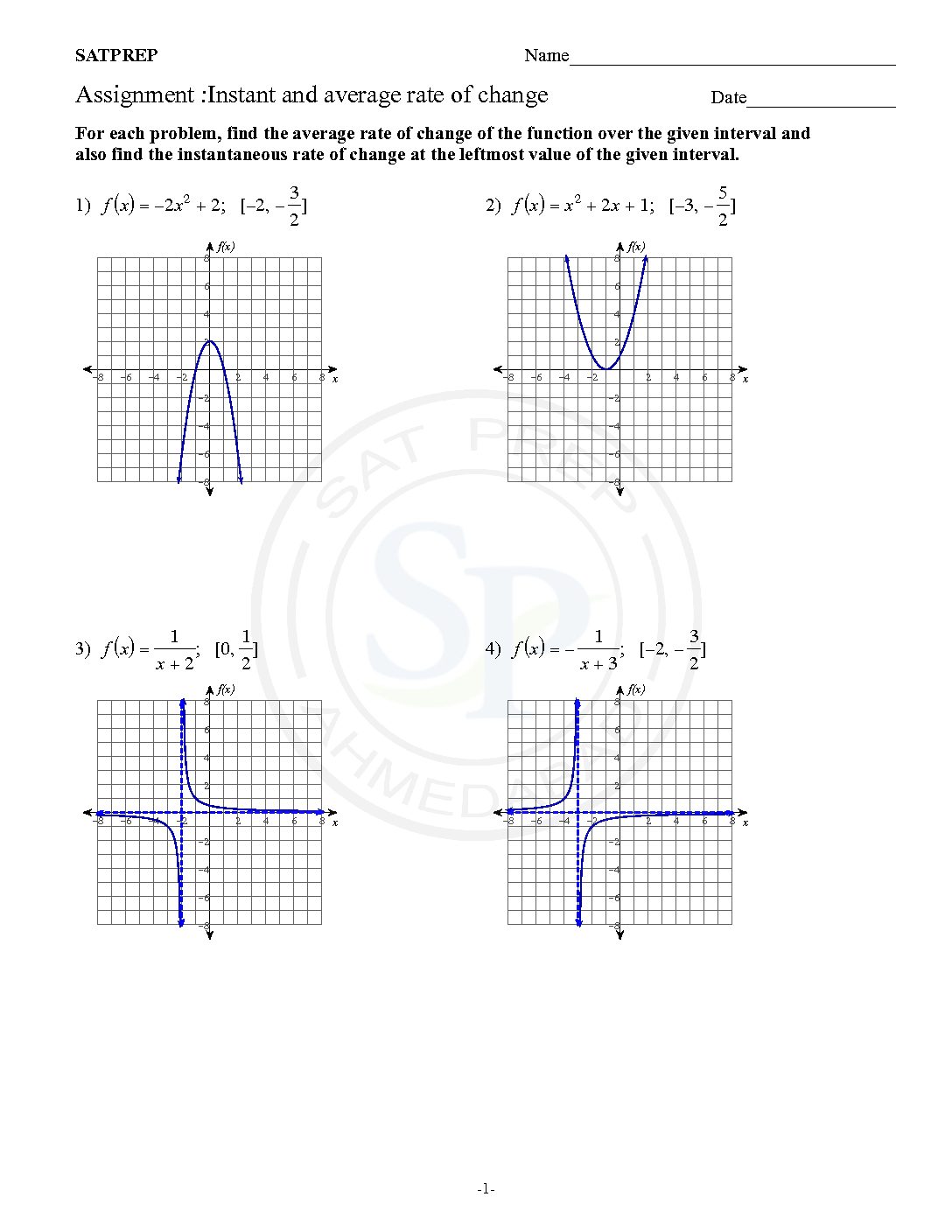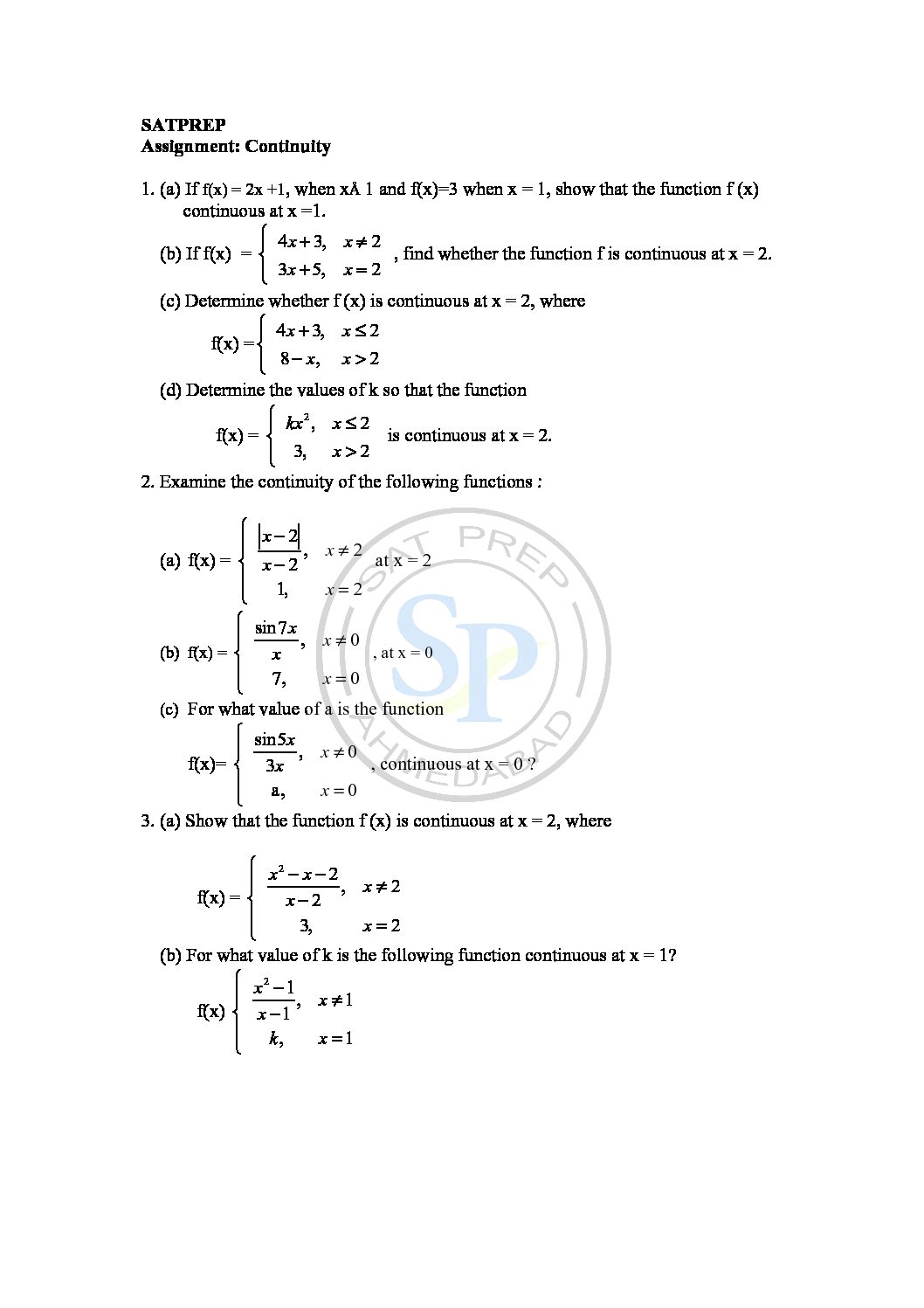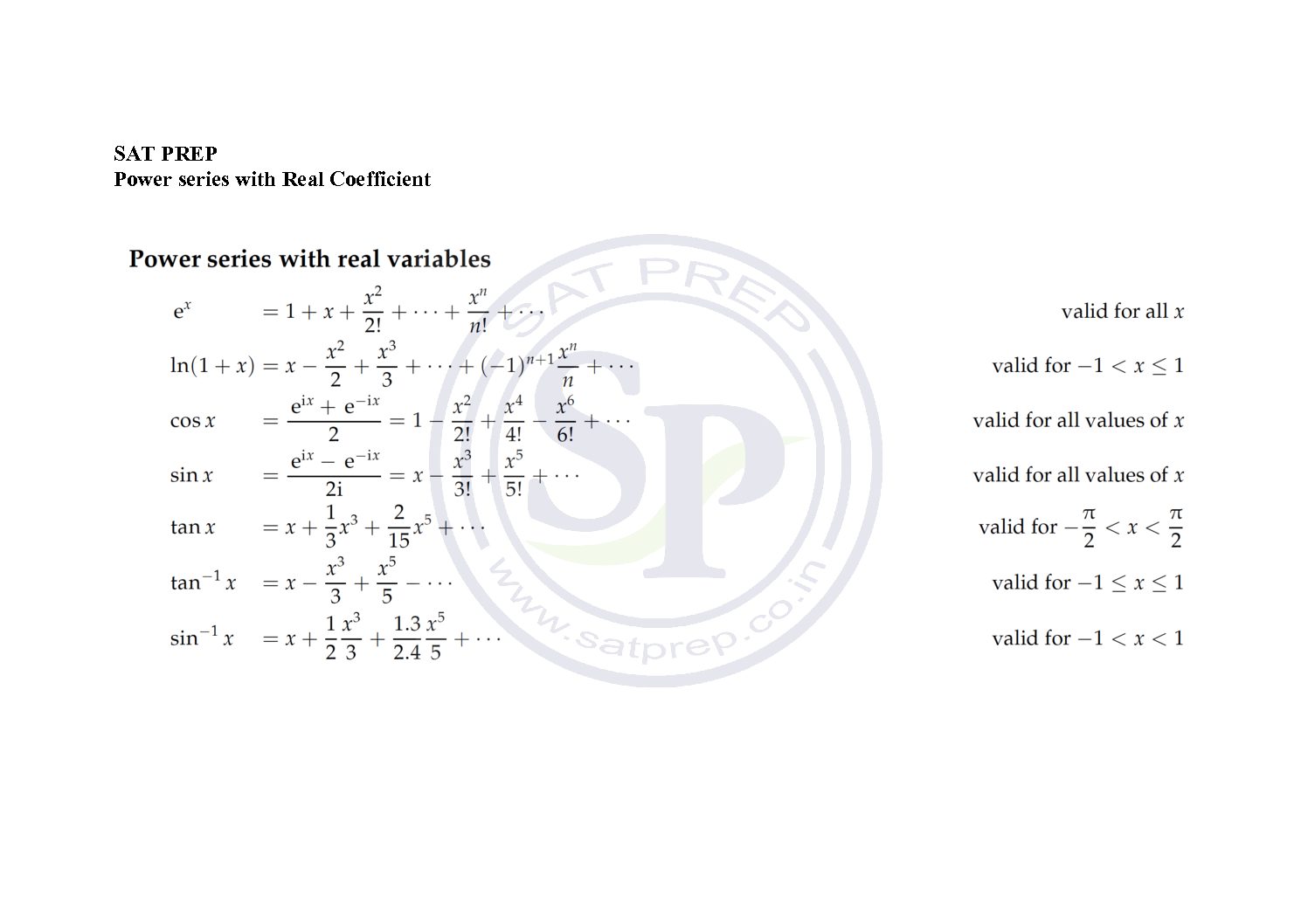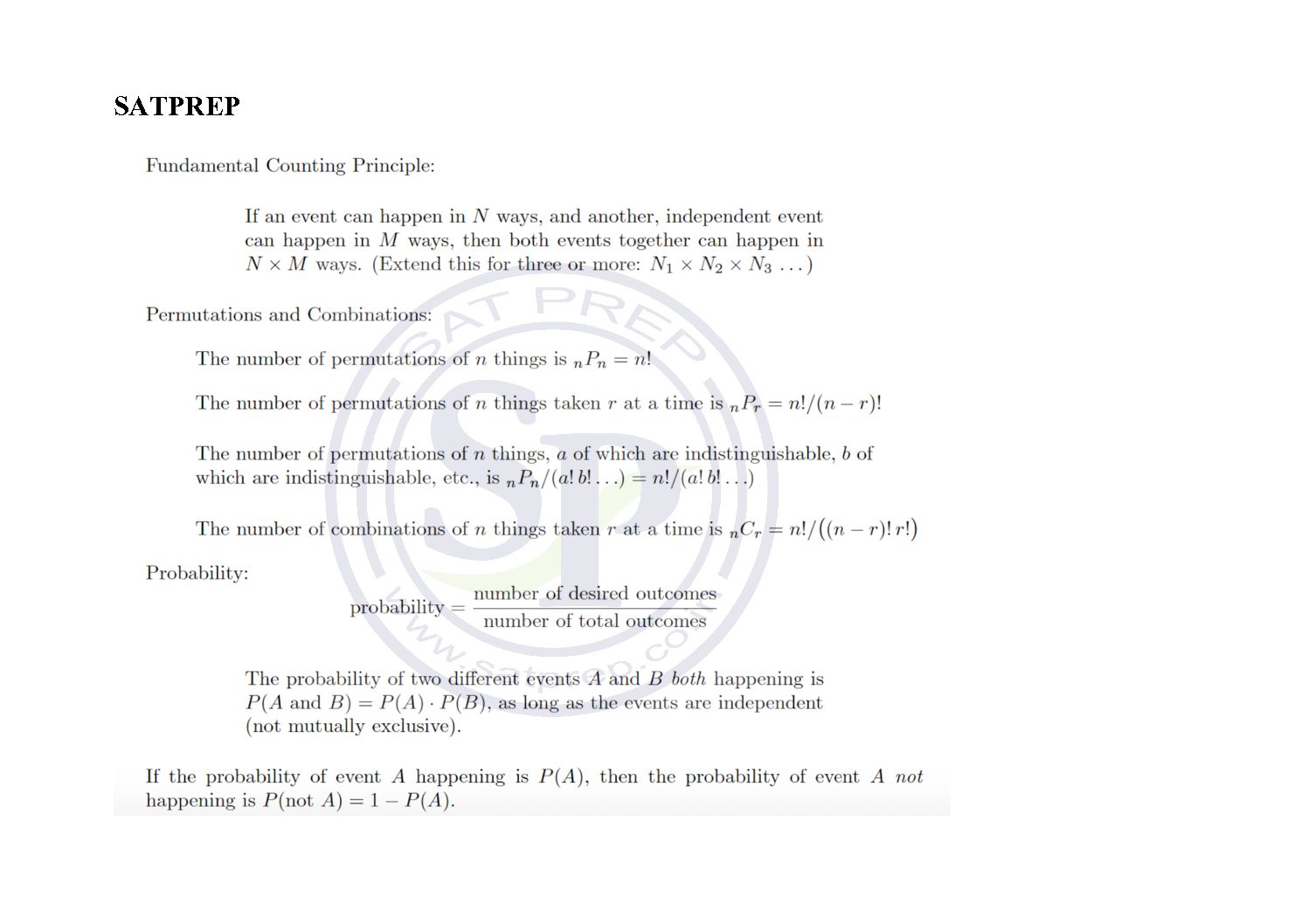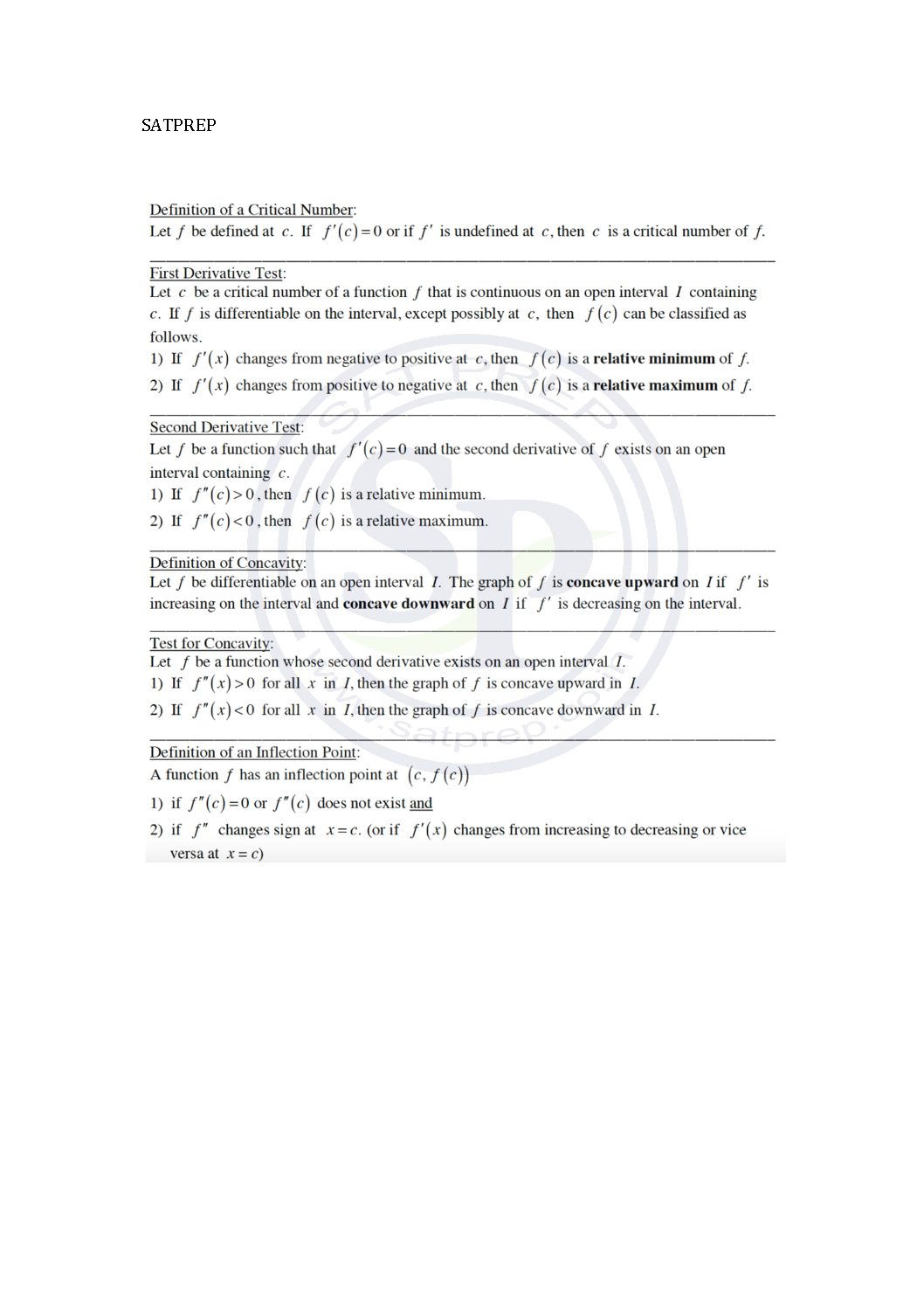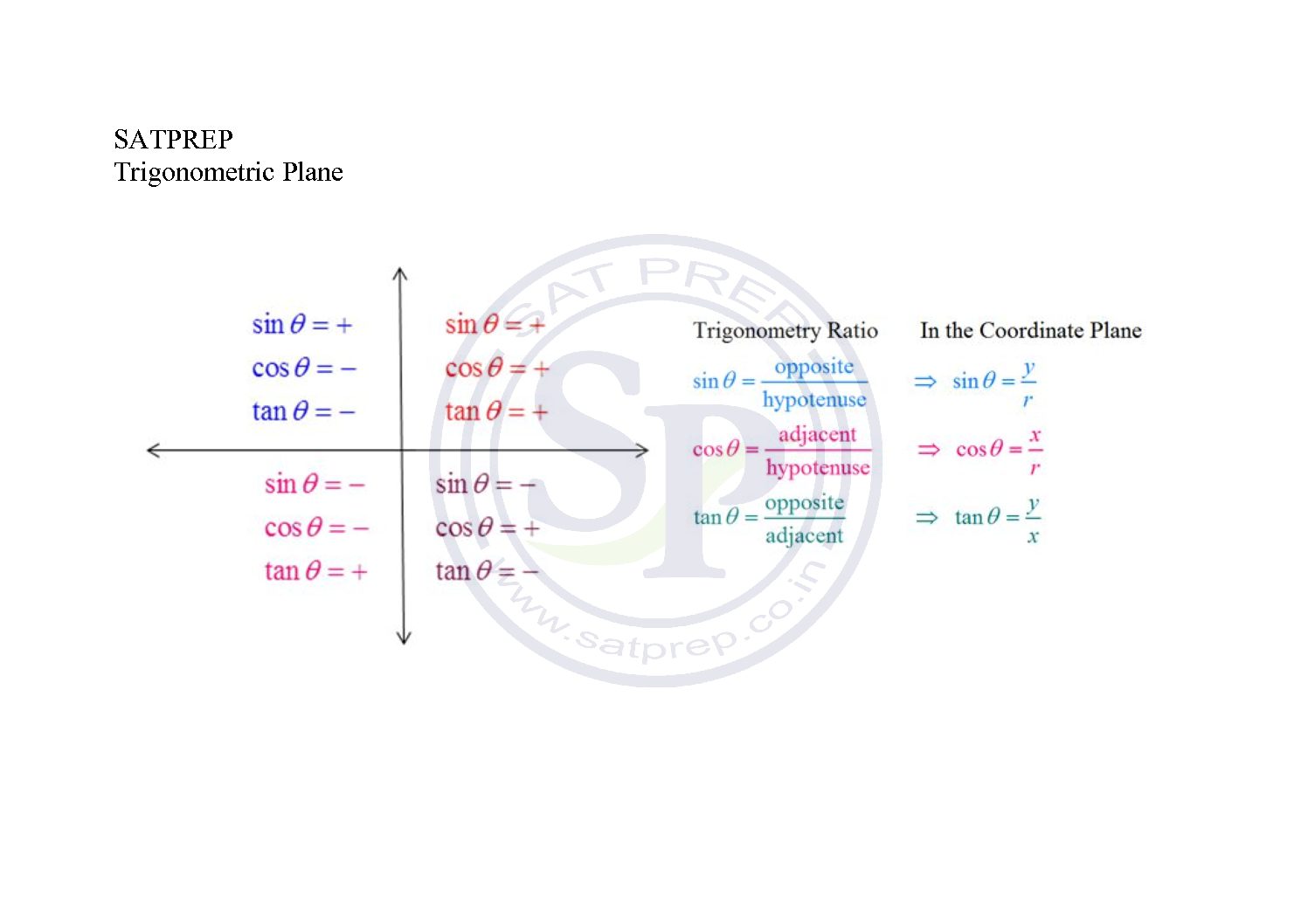Rate of change is also related rate problems are applications of derivative . One of the hardest calculus problems that students have trouble . Because each application question has a different approach in solving the problem. Ralated rates
You are browsing archives for
Category: IB Maths HL
Calculus
This formula sheet help the students for preparing precalculus and calculus. Further this sheet also help in academic math. This can also be use in Pre-calculus. Calculus
Properties of curve :Implicit
Makes use of the chain rule to differentiate implicitly defined functions. To differentiate an implicit function y ( x ), defined by an equation R ( x, y) = 0, it is not generally possible to solve it explicitly for y and then differentiate. The derivatives of inverse trig functions we’ll need the formula from the last section relating the derivatives of inverse functions. properties […]
Piece wise function
Piecewise Functions. A Function Can be in Pieces. We can create functions that behave differently based on the input (x) value. Piece wise function
Average and Instantaneous rate of chan...
This rate of change is not the same as the average rate of change. Average rate of change instantaneous rate of change change in quantity change in time limits. We want to talk about instantaneous rate of change, instantaneous rate of change is a lot like instantaneous velocity only it’s a little more general Instant and Average rate of change
Continuity
Continuity Theorems : a function is continuous if function is LHL = f(x) = RHL the function f (x) is continuous at that point. continuous
Power series with Real Coefficient
Power series with Real Coefficients. The exponential function (in blue), and the sum of the first n + 1 terms… Radius of convergence. A power series will converge for some values of the variable x… Operations on power series. Power Series
Fundamentals of Counting Principal , Per...
The Fundamental Counting Principle and Permutations is a way to figure out the total number of ways different events can occur. In combinatorics, the rule of product or multiplication principle is a basic counting it is the idea . Hence this principle also used in permutation and combination. Counting Principles
Derivative test
First Derivative Test for Local Extrema. If the derivative changes from positive (increasing function) to negative (decreasing function), the function has a local (relative) maximum at the critical point. Second Derivative Test. 1. If , then has a local minimum at . 2. If , then has a local maximum at . The extremum test gives slightly more general conditions under which […]
Trigonometric Plane
Trigonometric plane for sign convention of trigonometric ratio in quadrants. There are four quadrants in plane and six trigo ratio. This is useful while finding angle for given value. Also we required for sketching trigo graph. As curve both side of x-axis. Trigonometric Plane
